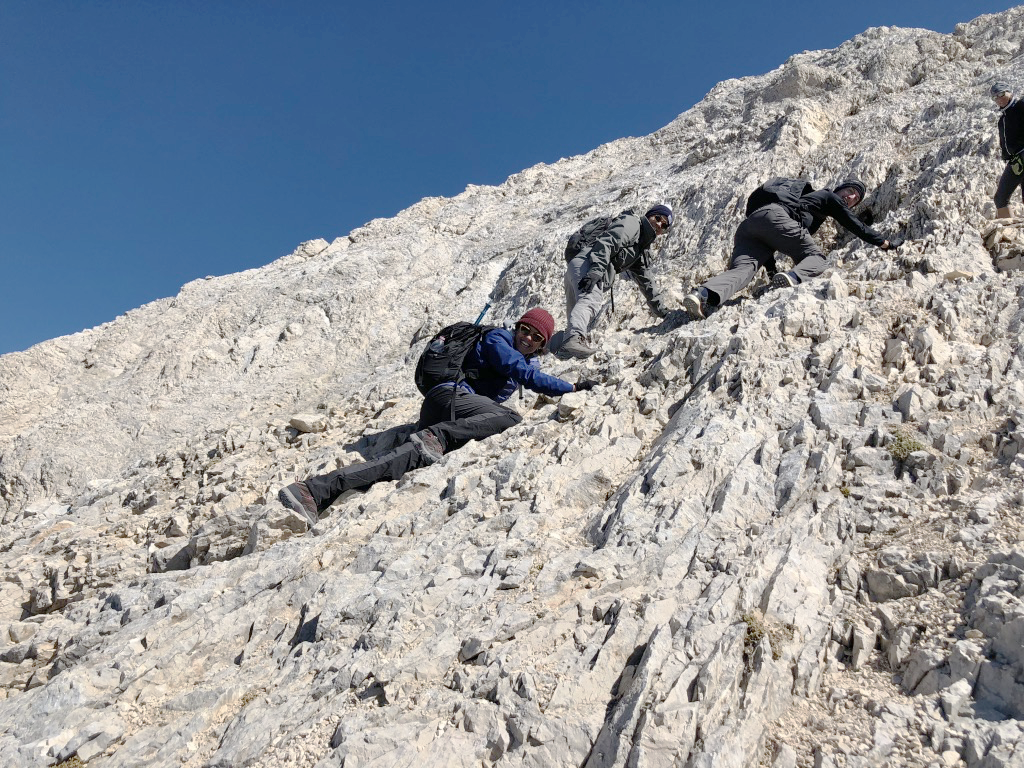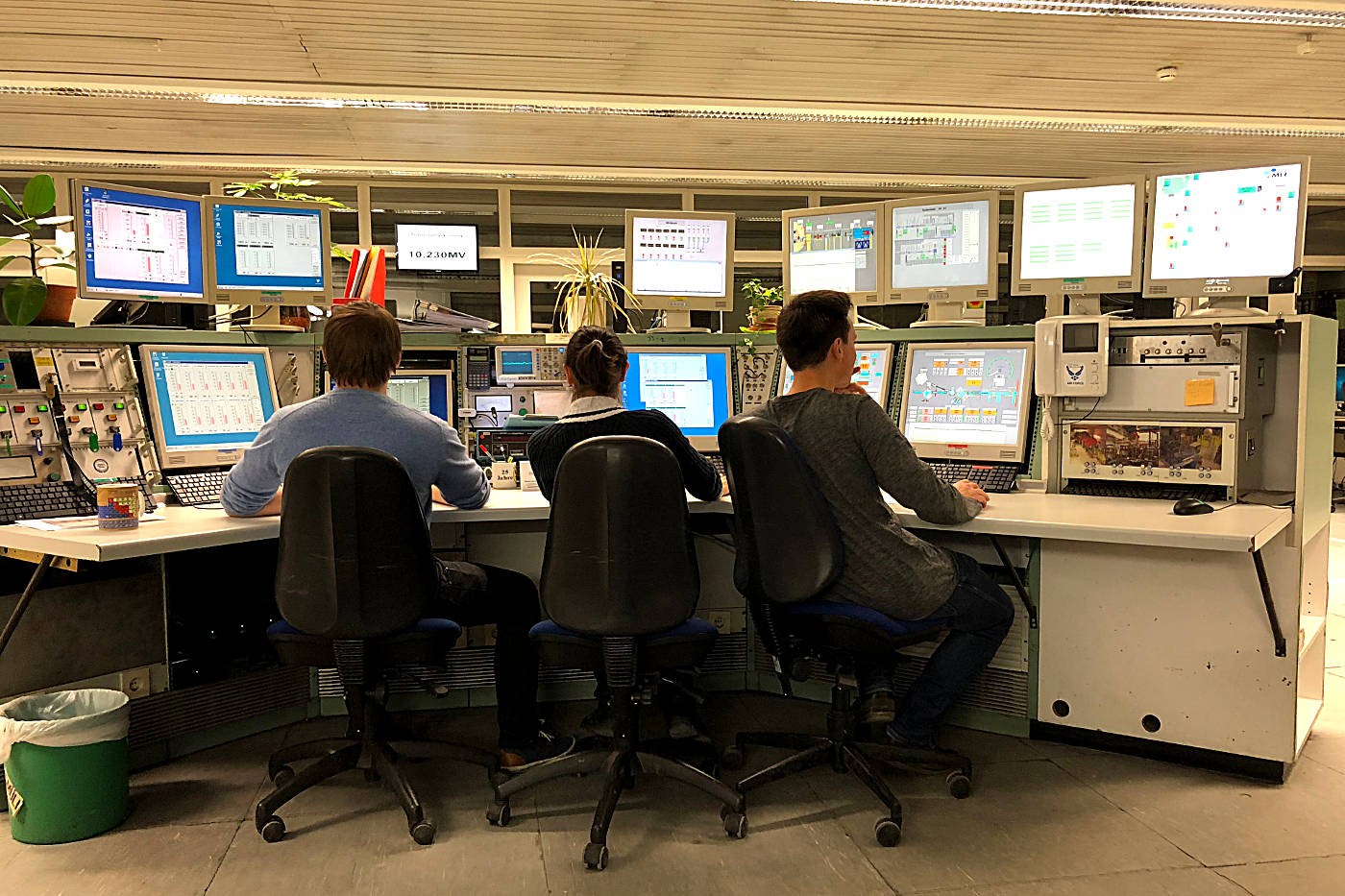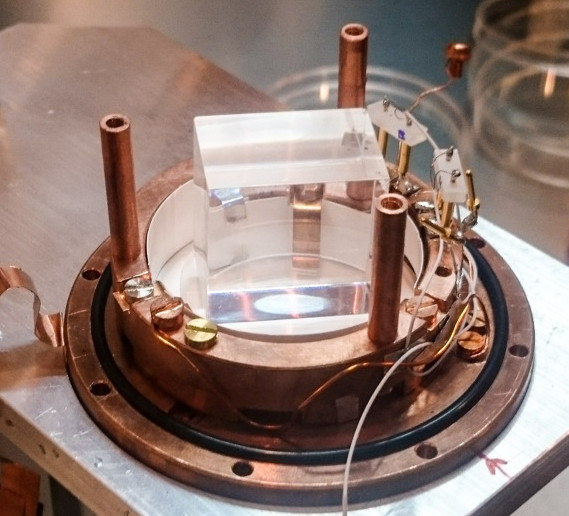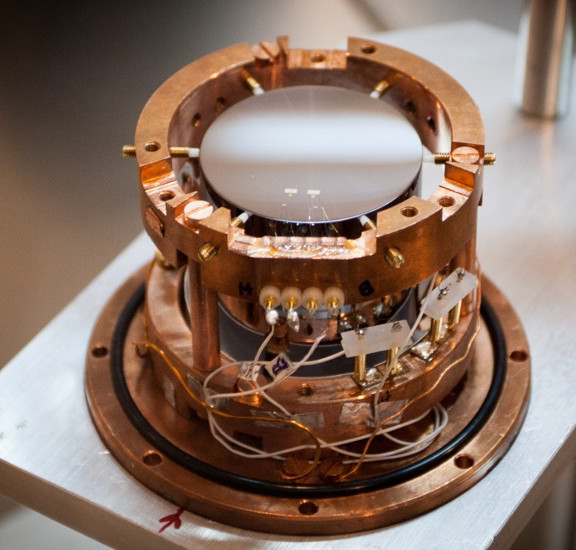Recent news on COSINUS can also be found at:

IMPORTANT NEWS! COSINUS obtained the final approval: The construction of the experimental setup at the National Laboratory of Gran Sasso is starting.
Find out more reading the Official Press Release

Vanessa Zema, the first PhD student working on COSINUS successfully defended her thesis receiving even “cum laude” (with praise) for her remarkable work. Vanessa worked on the intersection of theory and experiment and made impactful contributions to the use of effective field theories in direct dark matter detection, the investigation of spin-dependent dark matter nucleus interactions in CRESST and last, but not least the understanding of phonon pulses in COSINUS.
Congratulations Vanessa!
PhD title: “Unveiling the Nature of Dark Matter with Direct Detection Experiments”
Double PhD title awarded by the Gran-Sasso-Science-Institute (L’Aquila, Italy) and the Chalmers University of Technology (Göteborg, Sweden)
Advisors: Dr. Karoline Schäffner (Max-Planck Institut für Physik, München), Prof. Riccardo Catena (Chalmers University of Technology, Göteborg)
In 2018 Vanessa gave a brilliant talk at the 104th Congress of the Italian Society of Physics and won the award for the Best communication of the session devoted to astrophysics
Auguri Vanessa!!
We just opened a new position for a PhD student in Vienna to work on COSINUS. If you are interested, please find all information here: job advertisment on inspire
The next step towards a dark matter experiment: The COSINUS collaboration met at GSSI in l’Aquila (Italy) discussing the current status and the plans for the future.

On October 16-17 2018 the COSINUS collaboration met at Traunkirchen in Austria to make the first step towards building up its own facility. Extremely exciting times and a lot of work are ahead of us to build up the first dark matter experiment using cryogenic NaI detectors.

COSINUS and the E15 of TU Munich are at the MLL (Meier-Leibnitz-Laboratorium) in Garching (Munich) to shoot neutrons on a cold (mK) NaI crystal. The neutrons are produced by a high-energy ion beam pointed to a hydrogen cell right next to the COSINUS NaI detector. Neutrons are a perfect probe for the detector response as they are supposed to interact just like dark matter particles.
The photograph shows three motivated PhD students controlling the beam.

The measurement of the third prototype is under way. It features a detector module of the final COSINUS design with a beaker-shaped silicon light detector. We moved to a better shielded experimental setup in hall C of the Gran Sasso underground laboratory. The lower background level should allow us to more precisely characterize the overall performance of the COSINUS detector.

Results from the first cryogenic NaI detector for the COSINUS project
On May 31 we released an article presenting “the results of a first prototype detector using a new experimental approach in comparison to conventional single-channel NaI scintillation light detectors: a NaI crystal operated as a scintillating calorimeter at milli-Kelvin temperatures simultaneously providing a phonon (heat) plus scintillation light signal and particle discrimination on an event-by-event basis. We evaluate energy resolution, energy threshold and further performance parameters of this prototype detector developed within the COSINUS R&D project.”
The article is available on arXiv:1705.11028 Update: Now published by JINST: https://doi.org/10.1088/1748-0221/12/11/P11007
The two photographs below show the second protoype during mounting. On the left the NaI crystal can be seen. The picture on the right was taken after installing the beaker-shaped light detector surround the NaI crystal. The two tiny structures visible on the top of the beaker are the thermometer (TES) and the heater.


In 2016 we succesfully operated the first COSINUS prototype, the plots below show pulses originating from a 60keV gamma hitting the NaI crystal, the scintillation light signal on the left in blue and the phonon signal on the right in red. To our knowledge this is the first ever successful measurement of NaI as a cryogenic calorimeter. A publication is under way to be published in approximatly June 2017.
